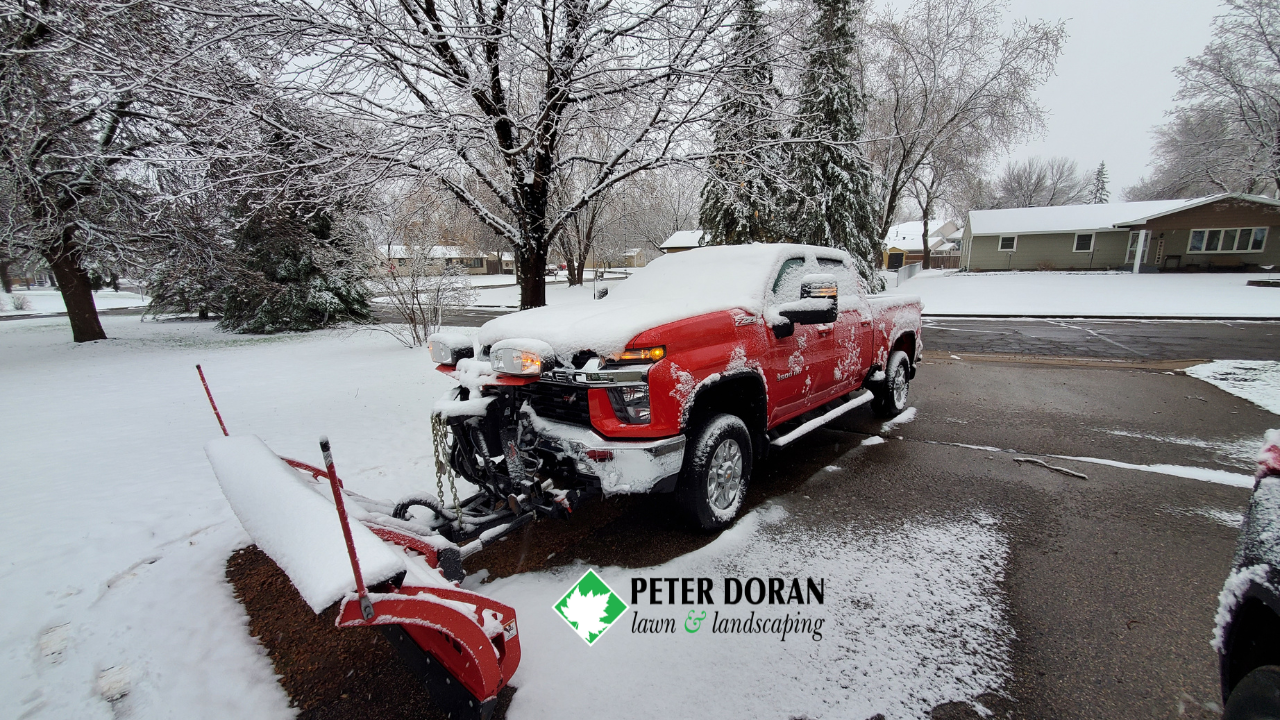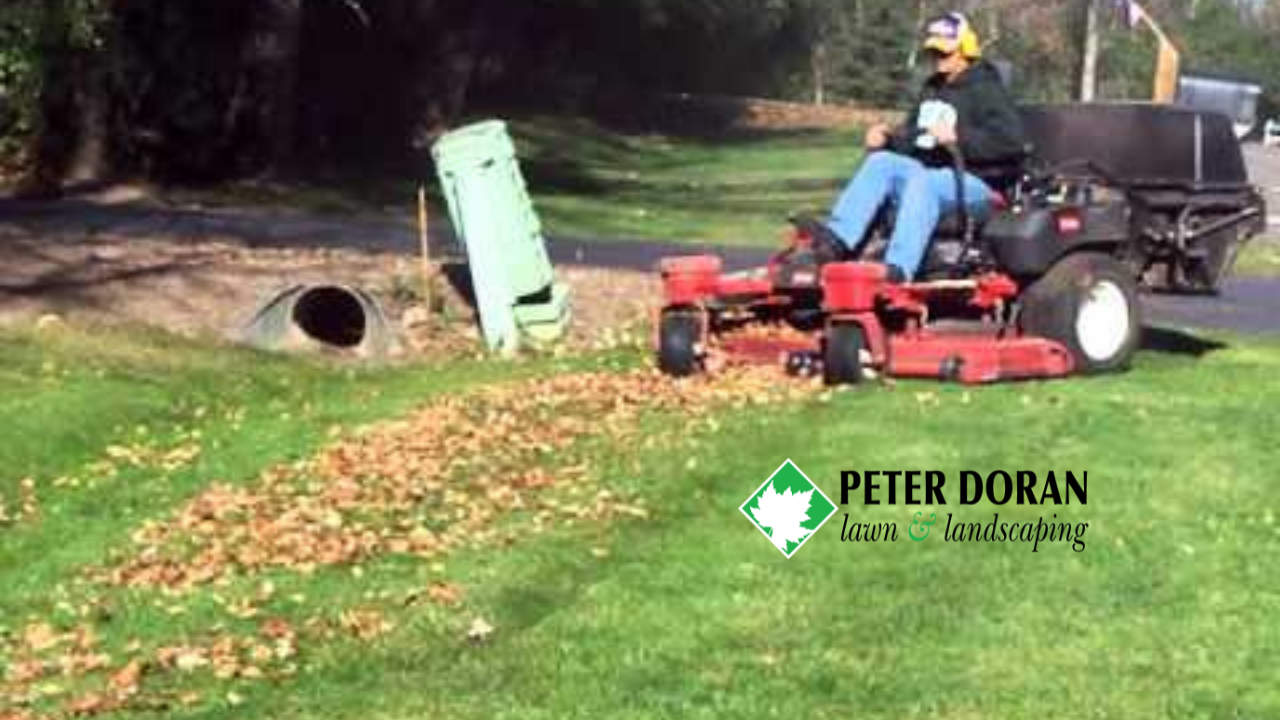Keeping a lawn lush and green takes more than routine mowing. Homeowners often face compacted soil, patchy grass, and confusion over seasonal lawn care tasks. Aeration and overseeding stand out as two of the most effective steps for a healthy lawn, helping established grass build a stronger root system and fill in thin or bare areas.
This guide aims to demystify the aeration and overseeding timing that delivers the best results. You’ll learn when to aerate and overseed, why soil temperature matters, and how to match your schedule to your grass type and growing season.
Understanding Aeration and Overseeding
What is Lawn Aeration?
Lawn aeration is the process of removing small cores of soil to ease compaction and allow air, water, and nutrients to reach grassroots. When soil hardens, grassroots struggle to spread out, and water pools on the surface. Proper lawn aeration opens pathways that let the root system breathe and grow deeper.
Benefits of aeration include improved water infiltration, faster nutrient uptake, and superior root growth. By increasing water oxygen and nutrients in the soil, aeration helps your grass survive heat, drought, and heavy foot traffic. A well-aerated lawn also reduces runoff during rainstorms, keeping your yard greener with less waste.
What is Overseeding?
Overseeding involves spreading grass seed over an existing lawn to fill bare spots and boost turf density. It’s a proven method to introduce disease- resistant or drought-tolerant grass varieties and maintain a uniform, healthy lawn. Overseeding a lawn also helps older lawns recover from years of wear and tear.
When you overseed a lawn after aeration, the grass seed drops into soil openings and establishes faster. You’ll notice fewer weed invasions and a richer color as new grass blends with established grass. Overseeding pairs with aeration to create the ideal environment for seeds to germinate and roots to take hold quickly.
Optimal Timing for Aeration and Overseeding
Seasonal Considerations
Choosing the right season for lawn aeration and overseeding depends on your climate and grass type. Cool season grasses, common in northern regions, thrive in temperatures between 60°F and 75°F. Early fall and early spring are the top windows for aeration and overseeding timing in these areas. Soil temperatures in early fall remain warm enough for seed germination, while cooler air slows weed growth.
In warmer regions with warm season grasses, late spring to early summer is often the best aeration and overseeding window. These grasses flourish as soil temperatures rise above 65°F. However, avoid the hottest months when heat stress can hinder new seedlings. Always match your plan to the natural growing season of your grass type.
Signs That It’s Time to Aerate and Overseed
Homeowners should watch for clear indicators that lawn aeration and overseeding services are due. Heavy foot traffic areas feel hard underfoot. Thinning grass or bald spots appear despite regular watering and fertilizing. Soil compaction shows when water pools instead of soaking in.
Assess your lawn by inserting a screwdriver into the ground. If it resists, compaction is high. If your lawn looks dull or patchy at the peak of the growing season, it’s likely time to aerate and overseed. Regular checks help you plan tasks before problems escalate.
Step-by-Step Guide to Aerating and Overseeding
Preparing Your Lawn
Start by mowing your grass slightly shorter than usual about one and a half to two inches tall. This lets aerator tines and grass seed reach the soil more easily. Rake up loose debris, sticks, and thatch. A clean lawn surface ensures better core aeration and seed-to-soil contact.
Next, water your lawn a day or two before aeration. You want the soil moist but not soggy. Moist soil eases the aerator’s job and pulls out cores more cleanly. Consider a basic soil test to check pH and nutrient levels. Optimal pH near 6.5 encourages quick seed sprouting and healthy grass.
Aeration Techniques
Core aeration is the gold standard for most lawns. This method uses hollow tines to pull out plugs of soil, reducing compaction at the root zone. Core aeration improves overall soil structure and is especially effective on clay- heavy soils. Most homeowners see the best long-term results with this approach.
Spike aeration, which pokes holes into the ground without removing cores, can be done with manual tools or walk-behind machines. While less disruptive, spike aeration doesn’t relieve compaction as deeply as core aeration.
For serious compaction, professional core aeration services are often worth the investment. You’ll pay for equipment and expertise, but you won’t struggle with uneven plugs or missed areas.
Overseeding Process
Pick a grass seed that matches your lawn’s grass type or improves disease resistance. Cool season grasses like fescue or bluegrass thrive in northern lawns, while bermuda and zoysia suit southern yards. Spread grass seed at the rate recommended on the seed bag, using a broadcast spreader for even coverage.
After overseeding, gently rake the area to help seeds settle into soil openings created by aeration. Lightly roll the lawn or walk over it in shoes to press seed into the ground. Water the lawn lightly once a day for two to three weeks, keeping soil consistently moist. Fertilize two to three weeks after germination with a starter fertilizer rich in phosphorus to encourage strong root growth.
Benefits of Timely Aeration and Overseeding
Long-term Lawn Health
When you follow the correct aeration and overseeding timing, your lawn develops a deep, extensive root system. Healthy grass resists drought, pests, and disease because water and nutrients penetrate more easily. A thick turf blocks weed seeds before they germinate, reducing the need for herbicides.
Over time, a regularly aerated lawn maintains consistent soil structure, avoiding the crusty, compacted surface that starves grassroots. Overseeding introduces new, resilient grass varieties that stand up to foot traffic and changing weather. Your yard looks fuller and greener through every season.
Cost Savings Over Time
Investing in lawn aeration and overseeding may seem like an upfront cost, but it pays off by preventing expensive fixes later. A non-aerated lawn often needs more fertilizer and water to stay healthy. Patches can demand costly sod or reseeding treatments.
Studies show that healthy lawns increase property value and curb appeal. A $5 investment in aeration and overseeding can save you $50 or more in water, fertilizer, and repair costs over several years.
Consider reaching out to Peter Doran Lawn and Landscaping for competitive aeration and overseeding services that fit your budget.
Common Mistakes to Avoid
Timing Errors
Aerating and overseeding at the wrong time wastes effort. Many homeowners aerate too early in spring when soil is still cold, leading to slow germination and stunted grass. Others delay until late fall, missing the prime window for seed establishment before winter.
To avoid timing errors, track soil temperature. Use an inexpensive soil thermometer; aim for a consistent 55°F to 65°F for cool season grasses. For warm season grasses, wait until soil temperatures are regularly above 65°F. Planning ahead ensures seeds germinate quickly and outcompete weeds.
Misunderstanding Lawn Needs
Another misstep is using the wrong grass seed or aeration type. Seeding shade- tolerant grass in a sunny area invites failure. Overlooking soil pH or fertility needs leads to poor seedling growth. Always test soil and choose grass seed that matches your lawn’s conditions.
DIY aeration vs. professional services also matters. Renting a basic spike aerator may not relieve compaction enough. Core aeration equipment is specialized and heavy.
Hiring a trusted provider like Peter Doran Lawn and Landscaping ensures you get the right types of aeration and seed, plus expert advice on maintenance.
What This Means for Your Lawn
Taking action on aeration and overseeding timing sets your lawn up for success. By matching your schedule to the needs of cool season grasses or warm season varieties, you give your lawn the strongest start each year. You’ll see thicker turf, fewer weeds, and a deeper green color that stands out in your neighborhood.



